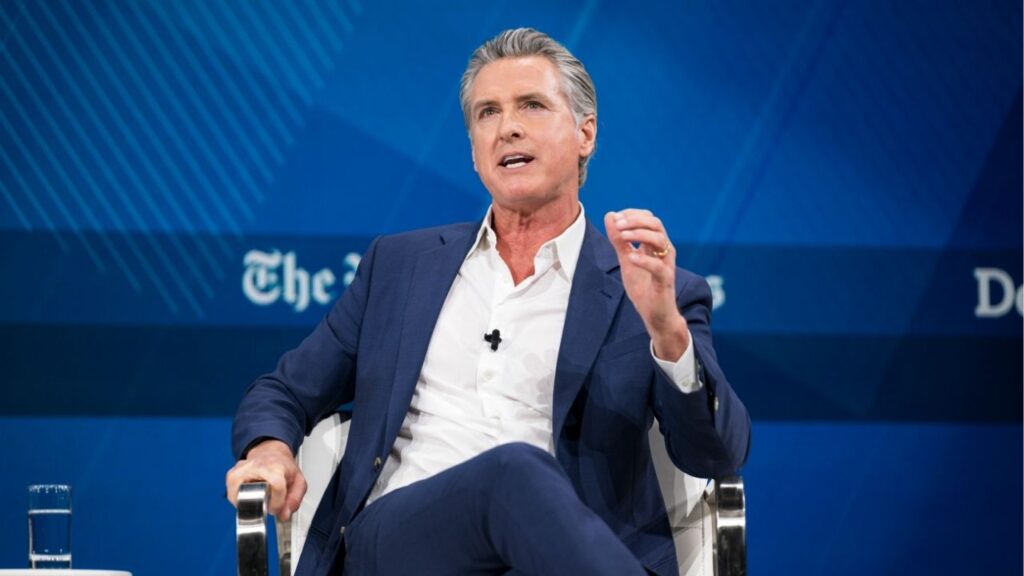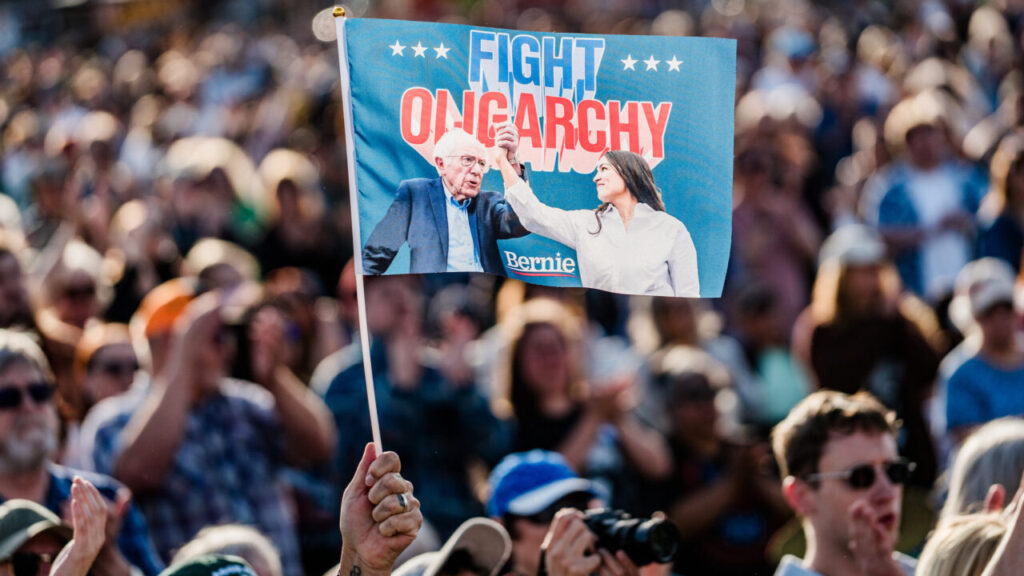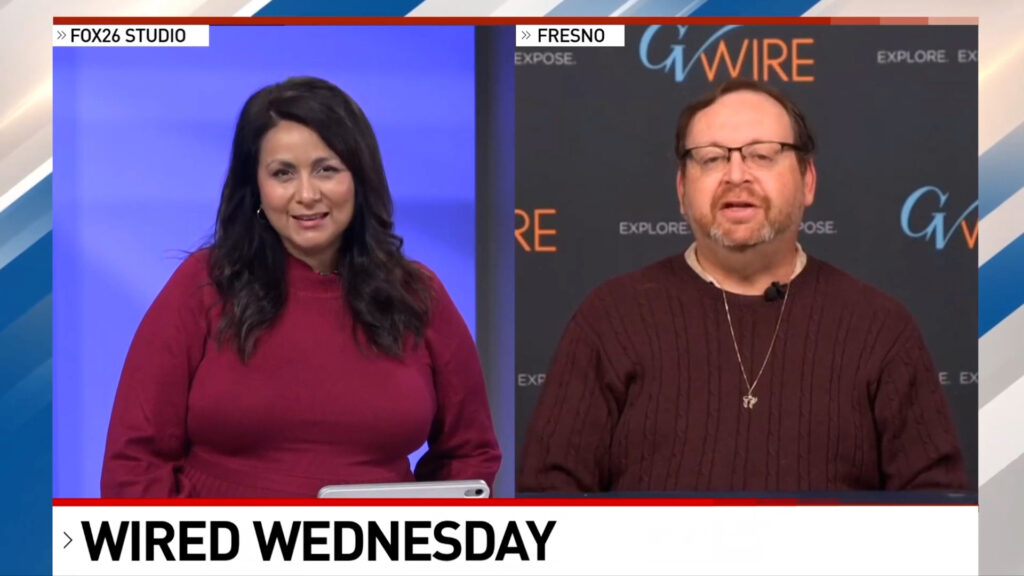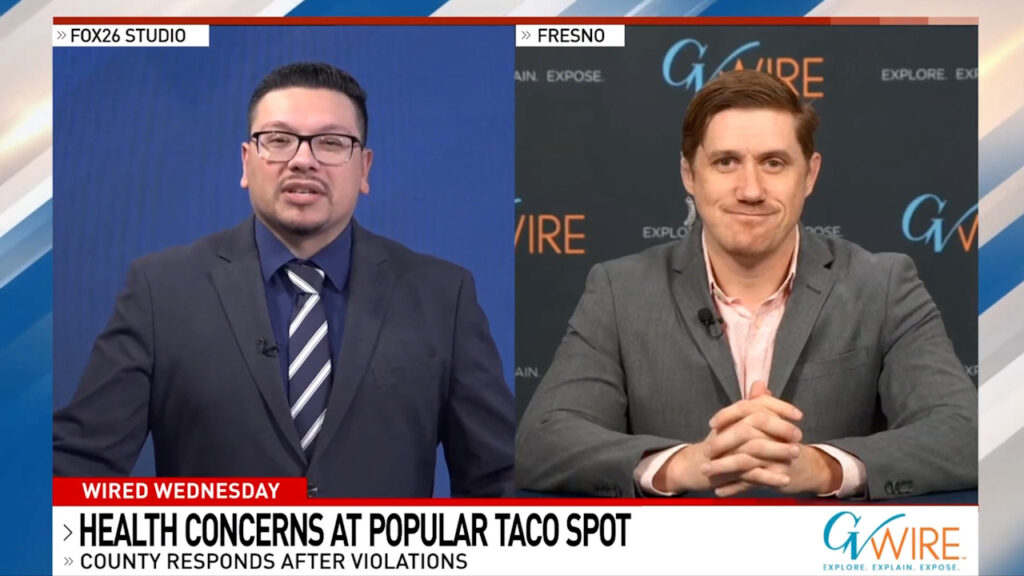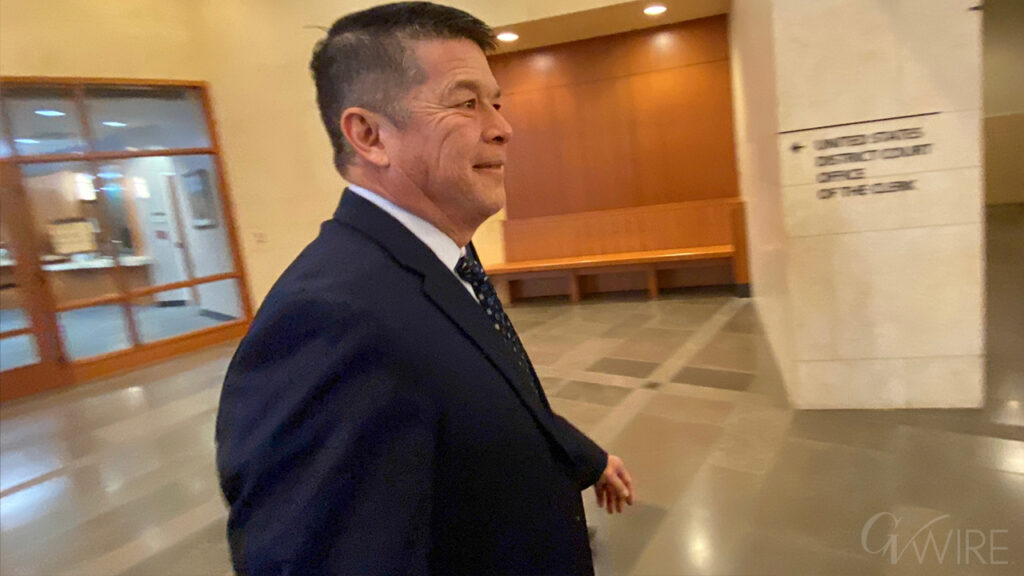New research reveals proposed import tariffs could cost American consumers billions through dramatic price increases on everyday items. (AP File)

- Study shows common household items face substantial price hikes, with a $40 toaster potentially costing $52 under new tariffs.
- Proposed tariffs would affect six major consumer categories, with apparel alone facing up to $24 billion in additional costs.
- Low-income families would bear the heaviest burden as average tariff rates could exceed 50% across all examined categories.
Share
|
Getting your Trinity Audio player ready...
|
A new study from the National Retail Federation warns that proposed import tariffs could significantly reduce American consumers’ purchasing power by up to $78 billion annually.
The study examines the impact of President-elect Donald Trump’s proposed tariffs on six major consumer product categories, including apparel, toys, furniture, household appliances, footwear, and travel goods. The proposal includes a universal 10-20% tariff on all foreign imports and an additional 60-100% tariff targeting Chinese goods.
Higher Prices Would Hit Consumer Wallets
“A tariff is a tax paid by the U.S. importer, not a foreign country or the exporter. This tax ultimately comes out of consumers’ pockets through higher prices,” according to NRF Vice President Jonathan Gold.
The research reveals substantial price increases across common household items. A $40 toaster oven could jump to $52, while a $2,000 mattress set might cost up to $2,190. These price hikes would disproportionately affect low-income families.
Related Story: How Trump’s Radical Tariff Plan Could Wreck Our Economy
Billions in Additional Consumer Costs Expected
The study projects specific cost increases across categories: apparel could see up to $24 billion in additional costs, toys up to $14.2 billion, and furniture up to $13.1 billion. Household appliances, footwear, and travel goods would also face significant price increases.
While some U.S. manufacturers might benefit, the study concludes that consumer losses would outweigh any gains to domestic producers and Treasury revenue. Under the extreme tariff scenario, average tariff rates for all examined categories would exceed 50%, a dramatic increase from current single or low double-digit rates.
The NRF, representing retail industry interests, commissioned Trade Partnership Worldwide LLC to conduct the study.
Read more at National Retail Federation
RELATED TOPICS:
Categories

Wall Street Falls as Tech Rally Falters in Final Week of 2025

Trump and Netanyahu to Discuss Next Phase of Gaza Plan in Florida







